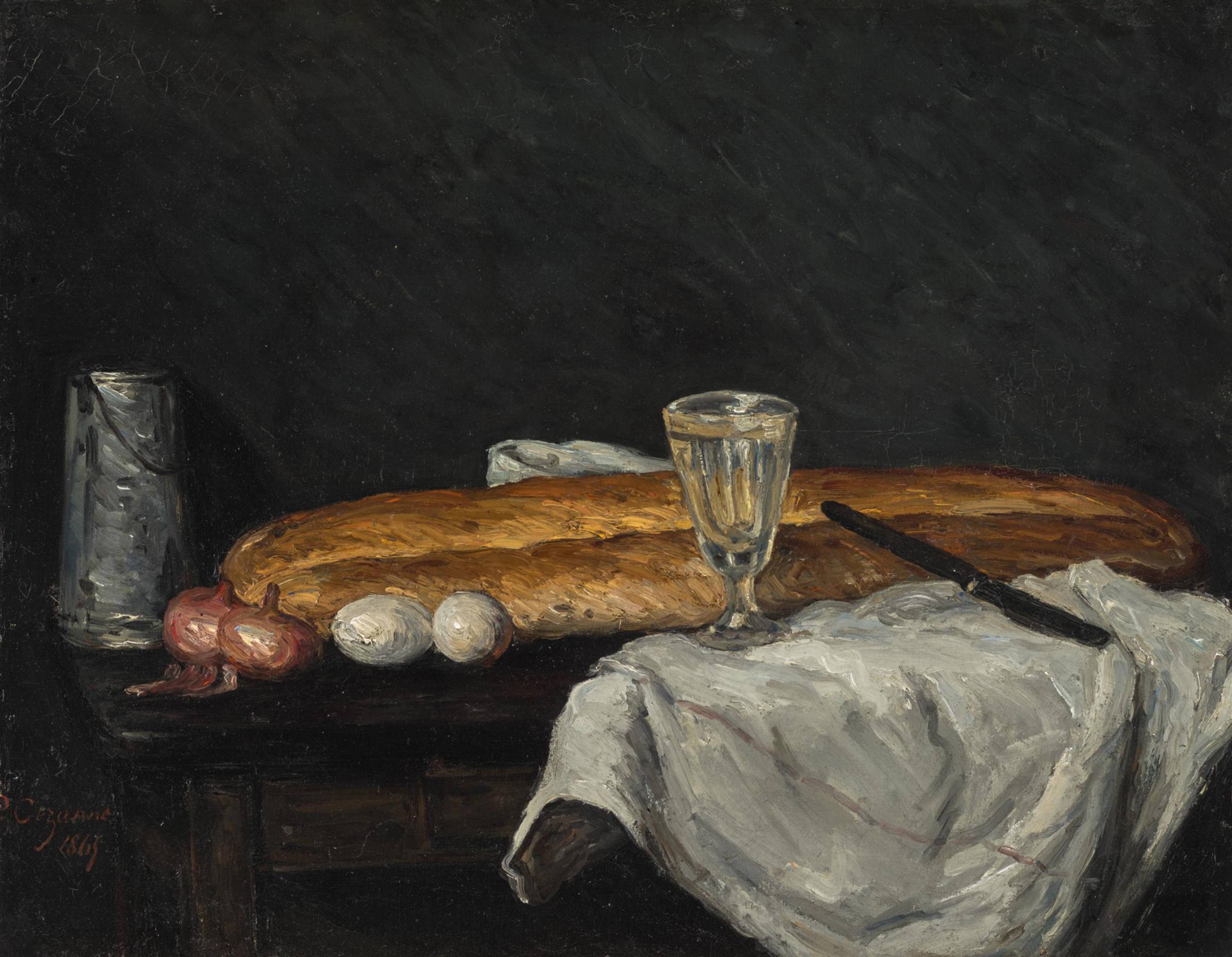In Waitsfield, Vermont, there’s a fifty-ish-seat pizza place called American Flatbread, attached to a farm along state highway VT 100. A bastion of hippie-bougie liberalism, the restaurant is big on philosophy, which they telegraph rather literally via biblical tablets beside their large brick oven, describing “Fire, Food + The History Of Bread” in wonky, hand-painted lettering. In the beginning, there was bread! There was also gender inequality: “Agriculture springs from the knowledge base women have of plants and men’s work domesticating animals.” Earnestness follows on the plate. This is not a study of spare-sauced Neapolitan technique, but something more suburban in concept and rural in execution – square-sliced, sweet, topping-laden. Pizza on a mission:
“The nature of the bread we eat, from the way the grain is grown and harvested, milled and mixed and baked, to the way it is administered and policed – will shape the nature of ourselves and the destiny of our culture.”
– with love, June 2, 1995
This adorable morality is typical of the first wave of American farm-to-table dining, an era that stretches from Alice Waters’s California cuisine revolution, beginning at Chez Panisse in 1971, to roughly the turn of the millennium. Today’s “it” restaurants, at which you’ll prostrate yourself via app to secure a table weeks in advance, wouldn’t dare present so innocent a mantra. Such hokum would risk alienating the new fooderati, be they tech masters, financiers, or just your average freelance creative ever abreast of the latest natural wine emporia. If the first wave of farm-to-table was homespun, and the second responded to the internet era with studious minimalism, then the third meets our current moment of polycrisis with childlike wonder and a corporate sheen. Picture the thick, even infantile fonts on direct-to-consumer chili crisp or the lima-bean-shaped tables at your favorite small plates-erie. Earnestness and woowoo gave way to something more market-driven. The morality is still there – don’t worry, the farm is absolutely coming to the table – but less spelled out, more performed. Here is a virtuous hedonism: I am sipping wine (hedonistic), but I’ve been told the backstory of the couple who made it (virtuous), by my tatted twink server (both/and). “Have you dined with us before? So, actually, all our plates are designed to share …” Such is the coo-ing of the tour guide at your “experience.”
If American Flatbread’s carb-laden Ten Commandments meant to instill loyalty in tourists and townies, their inheritors want the same – plus Michelin stars and Instagram clout. In New York, Paris, or Mexico City, an endless microeconomy of curated newsletters and TikTok playlists have formed a line around the block at every corner bagel place and matcha pop-up. Come dinner time, after consulting Eater’s Heatmap and out-hustling the bots, you finally sit down – only for the ramen to be eclipsed by the documenting of the ramen, the careful alignment of the bowl, the tagging of the chef ...
— This text is printed in full our Spring 25 issue, Spike #83 – Food. Copies are selling like hot cakes in our online shop —


